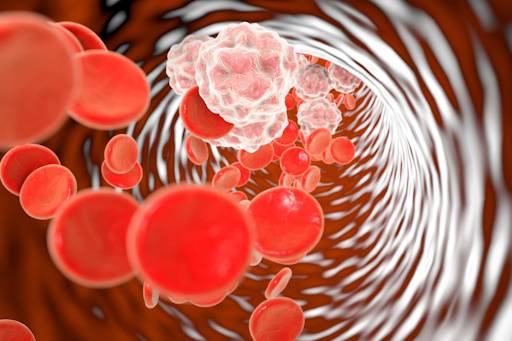Inflammation is an important part of the immune system’s response to injury and infection. This is how the body signals the immune system to heal and repair damaged tissue and protect itself from foreign invaders such as viruses and bacteria.
Inflammation is a response triggered by injury to living tissue. The inflammatory response is a defence mechanism evolved in higher organisms to protect them from infection and injury. Their purpose is to locate and eliminate harmful substances and remove damaged tissue components so the body can begin healing. This response includes changes in blood flow, increased permeability of blood vessels, and migration of fluid, proteins, and white blood cells (leukocytes) from the circulatory system to the site of tissue damage. An inflammatory response that lasts only a few days is called acute inflammation, while a response that lasts longer is called chronic inflammation.
Releasing chemicals that cause pain, redness, and swelling
However, when inflammation persists, it can cause health problems. Inflammation occurs when the body’s immune system responds to an injury or infection by releasing chemicals that cause pain, redness, and swelling.
The immune system plays a role in inflammation. The body’s immune system cells respond to injuries and infections by dividing and multiplying. These cells release special proteins called cytokines. Cytokines help the immune system to fight infections and repair injuries. However, too much cytokine activity can lead to inflammation.
Inflammation can occur in different parts of the body. For example, inflammation can occur in the joints or lungs after someone falls and injures their leg.
Damage to tissues and organs
During the initial injury, the protective membrane around some cells may rupture, causing those cells to die. Other cells may be physically affected, but less severely. The injury also cuts off the blood supply to the tissue, which starves certain cells of oxygen. Without oxygen-rich blood, affected cells may not be able to produce enough ATP, the energy the body needs to recover.
The damage a pathogen inflicts on its host is the result of direct and indirect collateral effects caused by the activity of virulence factors that perform specific functions implicated in pathogenesis. It is the various types of damage that cause disease symptoms that allow diagnosis and implementation of appropriate treatment and control measures. The impact of microbial injury on the host depends largely on the tissues involved. For example, muscle damage in the shoulder or stomach wall may not be serious, but in the heart, where the host’s existence depends on powerful muscle contractions occurring continuously at about every second, the impact of a small change in function can be catastrophic. The nervous system (CNS) is particularly vulnerable to even minor injuries. The passage of nerve impulses requires the proper functioning of the neuronal cell membrane, and viruses, in particular, have an important influence on cell membranes. Even a certain degree of cellular or tissue edema, which is tolerable in most tissues, can have serious consequences when it occurs in the brain, which is locked in a more or less rigid box called the cranium . Thus, encephalitis and meningitis often lead to more severe disease than might be expected by the histological changes themselves. Edema is also a serious problem in the lungs. Edema fluid or inflammatory cell exudates first appear in the space between alveolar capillaries and alveolar walls, reducing the efficiency of gas exchange. Respiratory function is more affected when fluid or cells accumulate in the air spaces of the alveoli. In organs such as the liver, pancreas, or kidney, which have comparable functional reserve, the effects of tissue damage are significantly lower. More than two-thirds of the liver must be removed before signs of liver dysfunction appear.
Inflammation is a natural response to many injuries and conditions
Inflammation is a natural response to many injuries and conditions. It involves the activation of white blood cells to destroy infected or damaged tissue. Usually, inflammation is a good thing as it alerts the body to heal itself. However, when inflammation becomes chronic, it can cause many health problems. Therefore, it’s important to reduce the severity and duration of inflammation whenever possible.
Inflammation is a normal response to injury or infection. It occurs when immune cells enter injured or infected tissues and start to destroy them. In this process, inflammatory cells release chemicals that damage surrounding tissue. Essentially, inflammation is a way for the body to respond to outside stimuli and direct its defence mechanisms against invading pathogens or damaged cells. However, chronic inflammation can start to turn dangerous as it becomes detached from the source of the problem.

An author of Update UI, We have published more articles focused on blogging, business, lifestyle, digital marketing, social media, web design & development, e-commerce, finance, health, SEO, travel.
For any types of queries, contact us on updateui.info@gmail.com.



